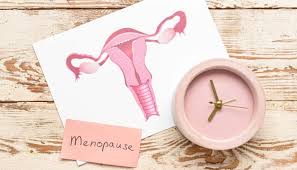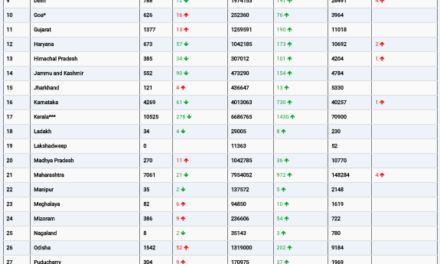A significant decline in the use of menopausal hormone therapy (MHT) among postmenopausal women in the United States has been reported in a study published in the JAMA Health Forum on September 27, 2024. The study, conducted by Lin Yang, Ph.D., from Cancer Care Alberta in Calgary, Canada, and colleagues, analyzed data spanning two decades, revealing a marked reduction in MHT use across various demographic groups.
The researchers utilized data from the National Health and Nutrition Examination Survey (NHANES) between 1999 and March 2020, encompassing 13,048 U.S. postmenopausal women. Their findings indicate that MHT usage dropped dramatically, from 26.9% of women in 1999 to just 4.7% in 2020.
Key Trends in MHT Use
The study showed a consistent decline in MHT use among women of all age groups. Prior to 2002, MHT use was most prevalent among women aged 52 to 65 years. However, since 2005, younger women (those under the age of 52) have had higher rates of MHT usage. Despite this, the overall percentage of women using MHT has continued to fall across all age categories:
- Women under 52 years: Decrease of 23.5%
- Women aged 52 to 65 years: Decrease of 31.4%
- Women aged 65 years and older: Decrease of 10.6%
Racial and Ethnic Disparities
The study also highlighted significant racial and ethnic differences in the decline of MHT use. The prevalence of MHT use decreased among all racial groups studied, though non-Hispanic white women consistently reported the highest usage:
- Hispanic women: Decrease from 13.8% to 2.6%
- Non-Hispanic Black women: Decrease from 11.9% to 0.5%
- Non-Hispanic white women: Decrease from 31.4% to 5.8%
In addition, the prevalence of MHT use varied by socioeconomic factors such as family income-to-poverty ratio and health insurance coverage, reflecting broader trends in access to healthcare and treatment choices.
Sociodemographic Considerations
The findings underscore the need for healthcare discussions and policies surrounding MHT to be tailored to the sociodemographic contexts of different women. Factors such as age, race and ethnicity, income, and education should be considered in future guidelines and recommendations. These considerations are particularly important given the evolving understanding of the risks and benefits associated with MHT, including its potential links to breast cancer and cardiovascular disease.
Conclusion
The dramatic decline in MHT use over the past two decades reflects changing perceptions of its safety and efficacy. As more research emerges, healthcare providers will need to continue refining their approach to MHT, ensuring that decisions are based on both scientific evidence and the unique needs of individual women.
For more information, the full study can be accessed in the JAMA Health Forum, where Dr. Lin Yang and her team provide a detailed analysis of these trends.
References:
- Lin Yang et al, “Menopausal Hormone Therapy Use Among Postmenopausal Women,” JAMA Health Forum (2024). DOI: 10.1001/jamahealthforum.2024.3128
- Tara K. Iyer et al, “Recent Trends in Menopausal Hormone Therapy Use in the US,” JAMA Health Forum (2024). DOI: 10.1001/jamahealthforum.2024.3135










